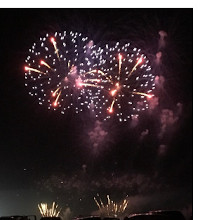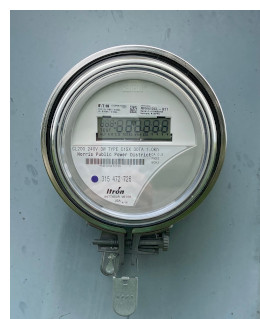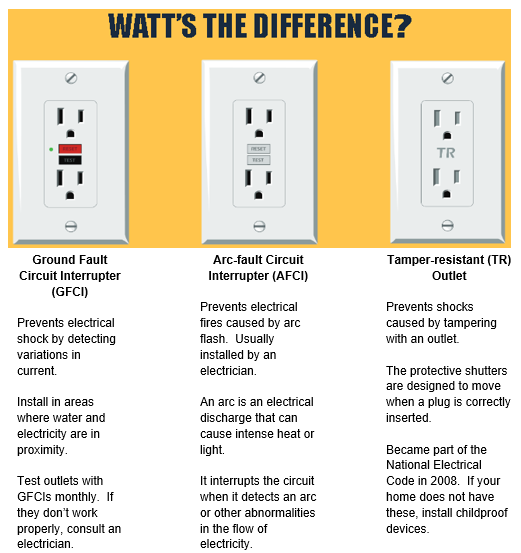
| IN THIS ISSUE | July 4th - Celebrate Safely back to top >> | |||||||

Norris
Public Power District |

Summer is synonymous with barbecues, parades and fireworks. The National Safety Council (NSC) advises everyone to enjoy fireworks at public displays conducted by professionals, and not to use any fireworks at home. They may be legal, but they are not safe.
Better yet, grab a blanket and a patch of lawn, kick back and let the experts handle the fireworks show.
Consider using safer alternatives, such as glow sticks, confetti poppers or colored streamers. |
|||||||
| Electricity Explained back to top >> | ||||

Electricity is measured in watts and kilowatts |
||||
| Watt's the Difference back to top >> | ||||

| ||||
| Fresh Strawberry Muffins back to top >> | ||||
 |
||||
| |
||||
| This is an ongoing communication. If you wish to unsubscribe from these emails, please unsubscribe here |


